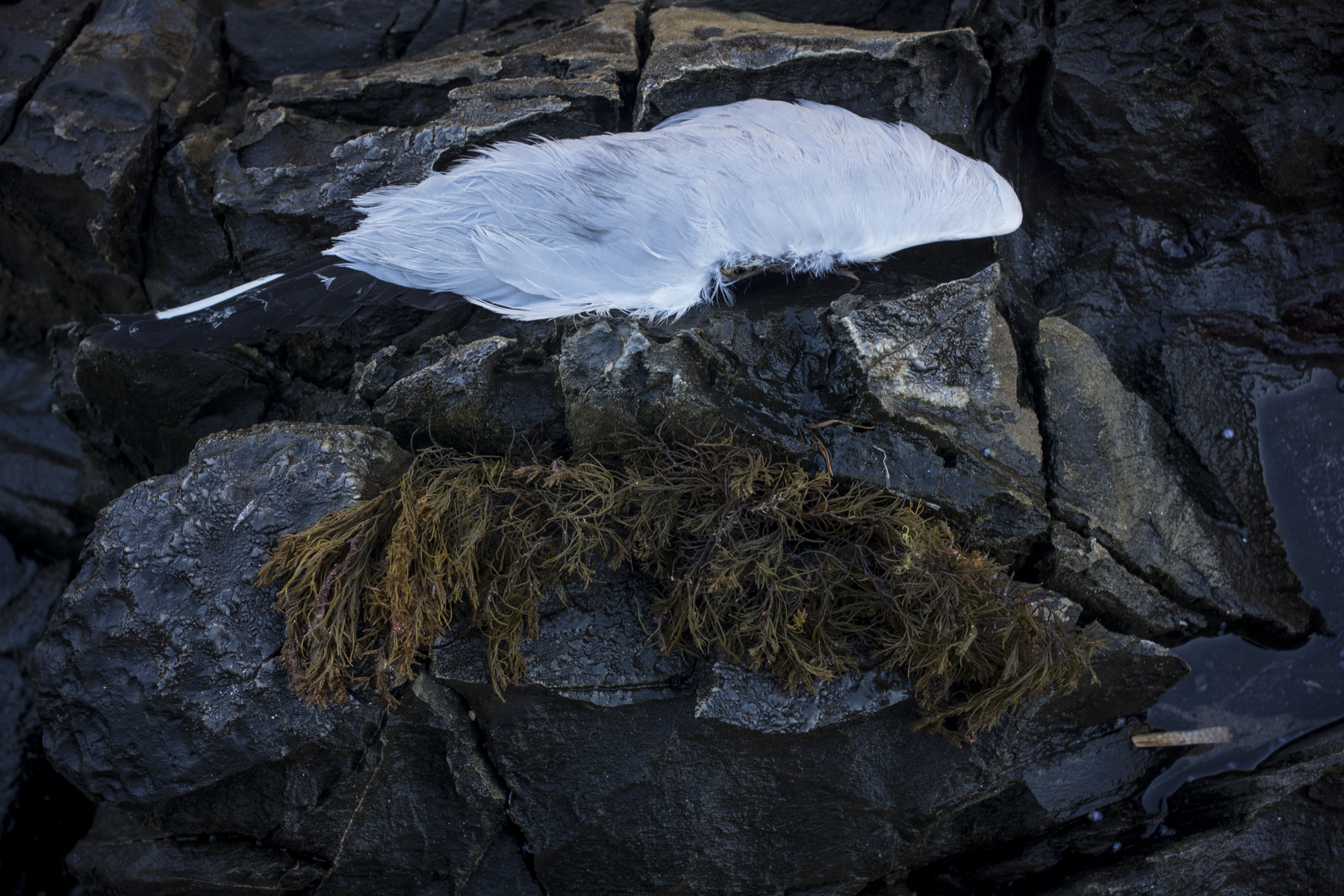Ari and I wandered around the Flinders Street/Hutt Street/Pirie area. We started out from The Mill in Angas Street where I’d been to see a photographic exhibition about the sea by Che Chorley.
It has been ages since we’ve walked around this area and it has changed. This precinct is being redeveloped and it has become much more residential.

A large section of the precinct is being redeveloped as executive style high rise apartments–known as the Art Apartments in the Flinders precinct. These are being developed by Guava Lime in association with the architects Loucas Zahds. It will be followed by another residential development known as Zen 2.










